Bears are native to the Americas and Eurasia. They are solitary animals, known for their large, fur-covered bodies, sometimes irritable nature, and hibernation periods. As plantigrade mammals, bears walk with their entire foot touching the ground, enabling them to stand upright on two legs and even climb trees. There are various species of bears, each with unique traits. In this article, we explore 8 types of bears and reveal which is considered the most dangerous in the world.
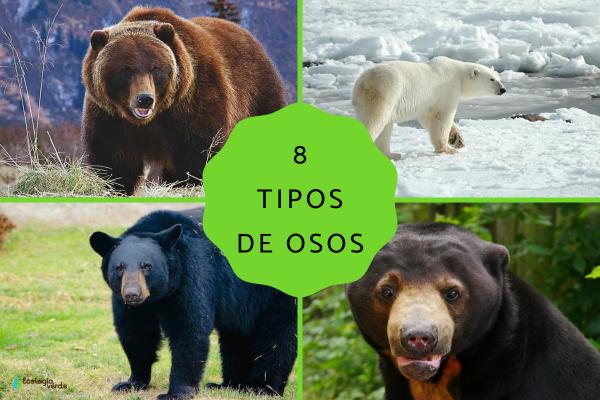
Brown Bear (Ursus arctos)
Polar Bear (Ursus maritimus)
American Black Bear (Ursus americanus)
Asian Black Bear (Ursus thibetanus)
Sun Bear (Helarctos malayanus)
Spectacled Bear (Tremarctos ornatus)
Sloth Bear (Melursus ursinus)
Giant Panda (Ailuropoda melanoleuca)
Brown bears are omnivores with a highly varied diet that includes seasonal foods such as spawning salmon, berries, and honey. Their claws can reach up to 10 centimeters in length, used for hunting prey and self-defense. They hibernate during winter to survive cold seasons.
They have a wide distribution across Eurasia and North America, with 16 recognized subspecies. Notable ones include:
Grizzly Bear (Ursus arctos horribilis): Found in North American forests, often cited as the most dangerous bear species.
Kodiak Bear (Ursus arctos middendorffi): One of the largest bear subspecies, living in Alaska.
Gobi Bear (Ursus arctos gobiensis): Native to Mongolia.
European Brown Bear (Ursus arctos arctos): Ranges from the Iberian Peninsula to Russia.
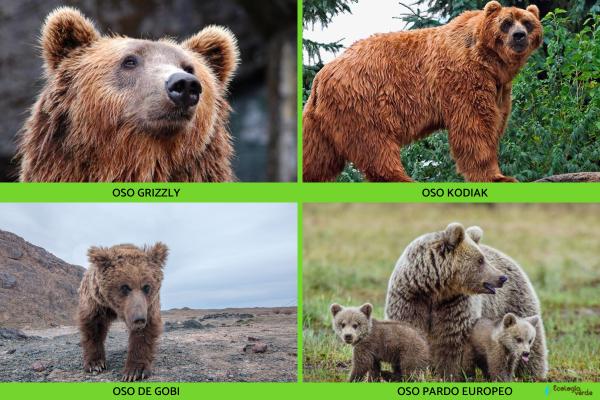
The polar bear is arguably the most dangerous bear species due to being the largest terrestrial carnivore, weighing up to a ton and standing about 3 meters tall. Slightly larger than brown bears, polar bears are completely carnivorous and have white fur adapted for Arctic camouflage. They spend most of their time on ice, and their furry foot pads prevent slipping. Polar bears also have the longest neck among bears.
Learn more about the conservation status of polar bears and whether they are endangered.
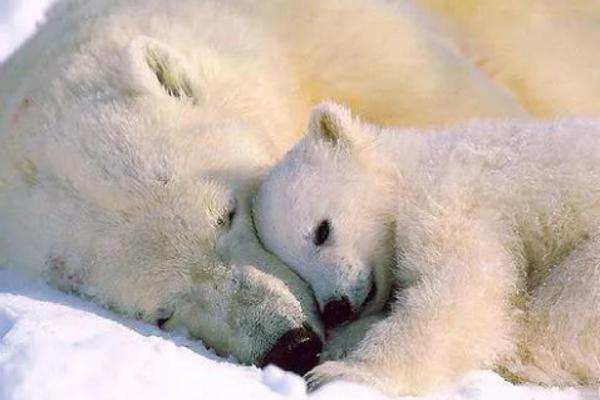
The American black bear stands about 1.2 to 1.9 meters tall. It typically has dark black fur, though some individuals show blond or brown variations. This species is common across North America in a wide variety of habitats, with an estimated population of around 900,000.
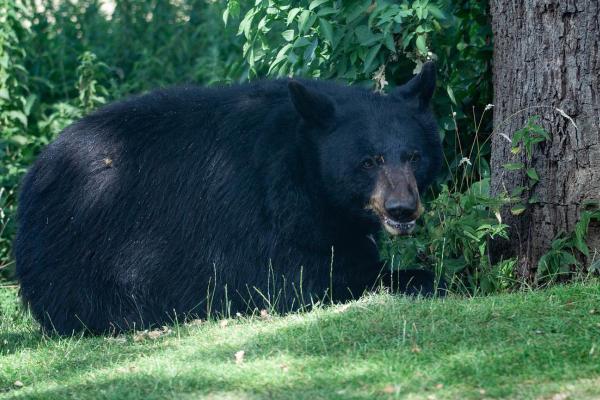
The Asian black bear differs from the American black bear by its white chest patch and thick fur on the shoulders. It ranges from 1.1 to 1.9 meters tall and inhabits forests throughout Asia. Different subspecies exhibit variations in size, behavior, and hibernation habits—tropical bears do not hibernate, but pregnant females do.
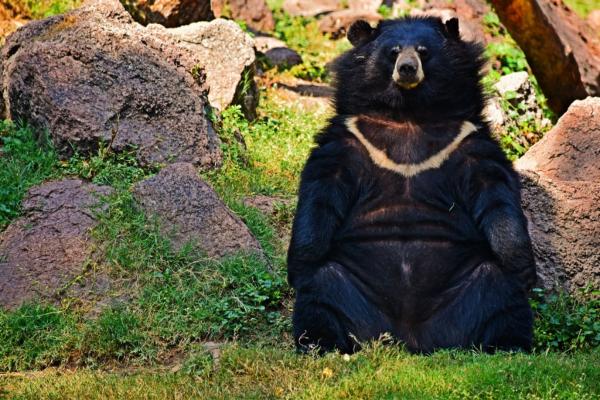
The sun bear is shy and mainly diurnal but may become nocturnal if disturbed. It lives in Asian forests, feeding on insects, fruits, shoots, honey, and small animals like birds; occasionally, it preys on larger animals such as deer. Due to the mild tropical climate, it does not hibernate or store food. It is an excellent climber and is considered the most arboreal bear. The sun bear is vulnerable due to illegal hunting and deforestation.
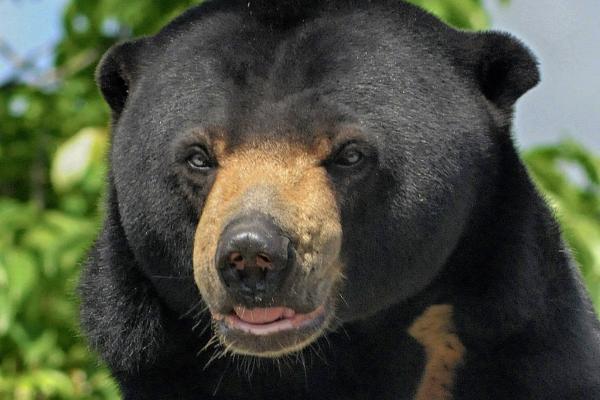
Native to the cloud forests of the Andes in South America, the spectacled bear is an excellent climber feeding on fruits, insects, small amounts of meat, and vegetation. It stands 1 to 1.8 meters tall and has mostly black fur with light markings around the eyes resembling glasses. Poaching and habitat loss have led to significant population declines, prompting multiple conservation efforts.
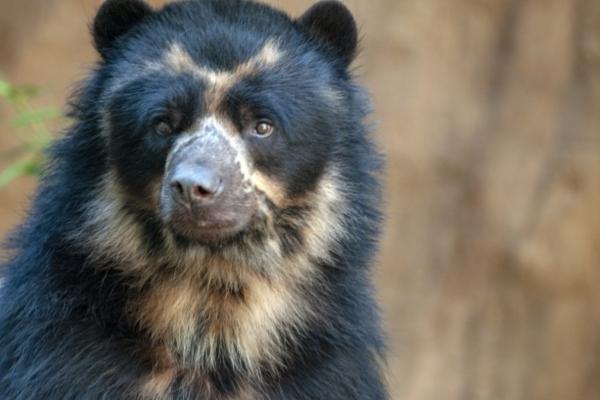
The sloth bear has long, shaggy fur and inhabits India and surrounding regions with varied habitats. It has large claws used to dig into termite mounds, and its prominent snout helps suck up termites. It measures 1.4 to 1.9 meters tall. Also known as the “lazy bear,” it sleeps during the day and is slow-moving but active at night.
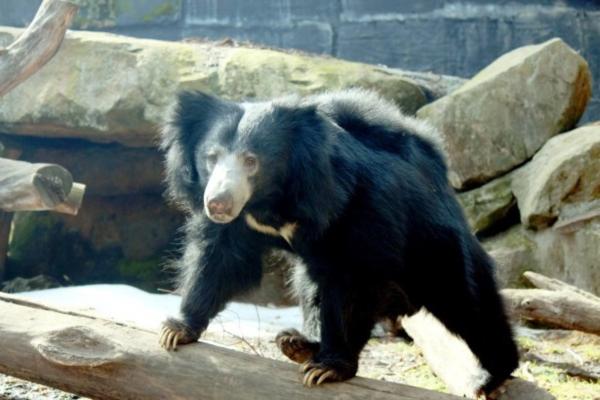
The giant panda is the only living representative of its species. It has a white face with black ears and eye patches. Unlike other bears, it is strictly herbivorous, feeding primarily on bamboo. Pandas spend most of their day resting and have a slow metabolism due to the low nutritional value of bamboo. They are native only to China’s forested mountain areas.
Panda pupils are vertical, resembling those of cats, which is why pandas are also called “cat bears” in China—the scientific name derives from the Greek “ailouros,” meaning cat.
Learn more about whether the giant panda remains endangered.

For more articles about bears and other wildlife, please visit our Wild Animals category.
Bibliography
Beatty, R., Beer, A., & Deeming, C. (2010). The Book of Nature. Great Britain: Dorling Kindersley.
animal tags: Bears
We created this article in conjunction with AI technology, then made sure it was fact-checked and edited by a Animals Top editor.